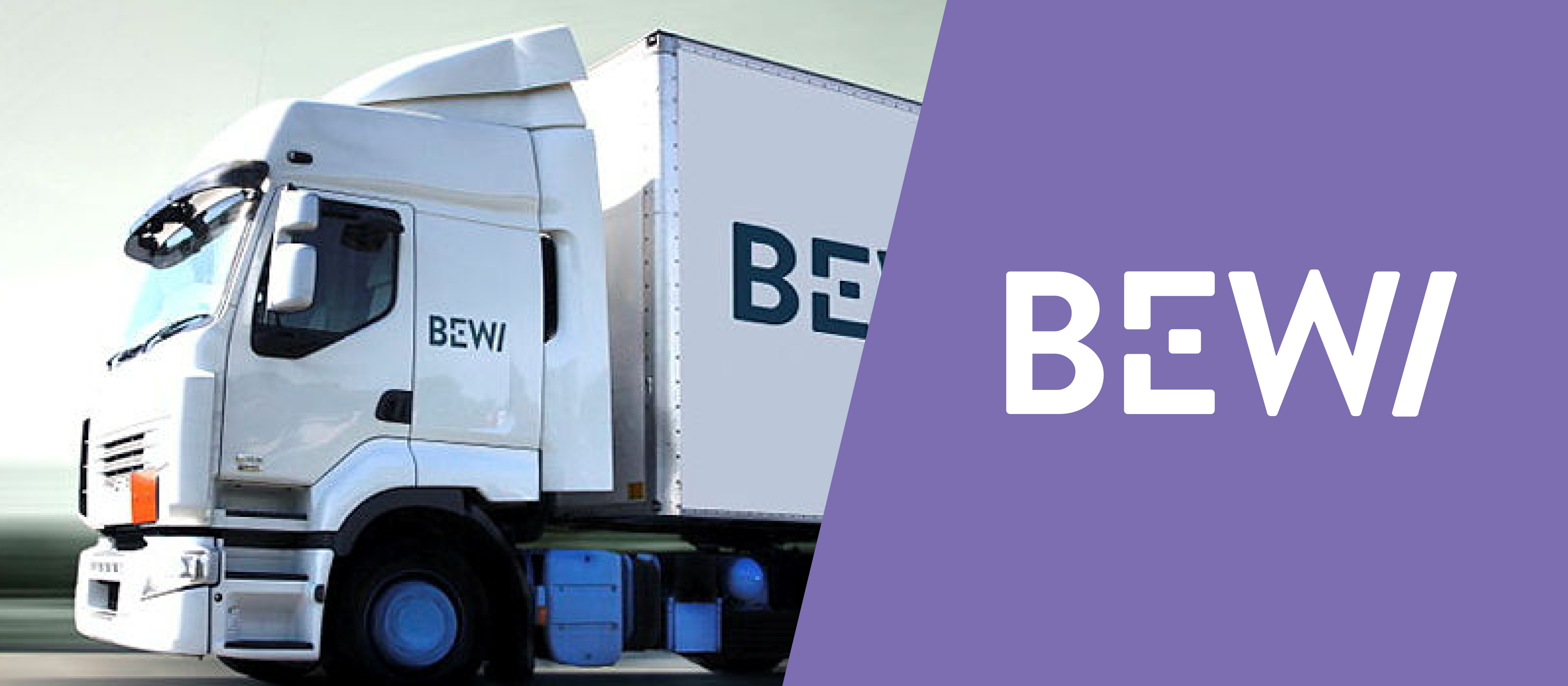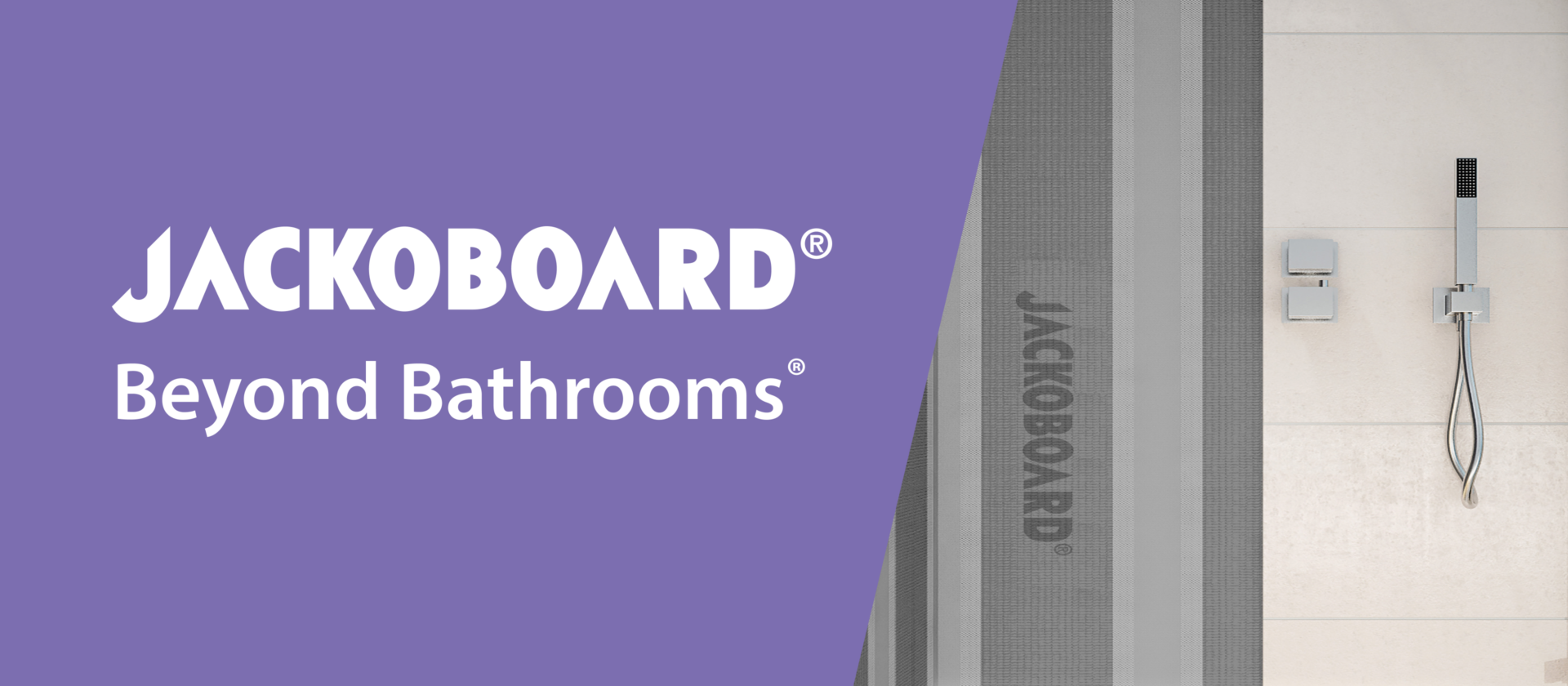TAKE A LEAD ON SUSTAINABILITY AND WIN WORK
Separate, reuse and recycle waste materials.
The built environment contributes 40% to the UK’s carbon emissions and therefore there is a big responsibility to reduce carbon throughout the construction industry. That’s why The Tile Association (TTA) takes a leading role in achieving sustainability in the UK tiling sector, helping our members and the wider industry play its part in achieving Net Zero by 2050.
The bottom line is that organisations must gather and understand their data if they are going to stay profitable and prepare for reporting requirements ahead of the rising urgency for sustainability. While there are different responsibilities for those in the tiling industry depending on your scale or line of work, all companies must begin by tracking their carbon emissions. From these figures, sustainable improvements can start to be made.
Where to begin: understanding the criteria
Understanding the criteria for carbon emissions means getting to grips with Scopes 1, 2 and 3. Scope 1 emissions cover sources that an organisation owns or controls directly, for example their fuel consumption and waste. Scope 2 and 3 emissions cover indirect emissions that are a consequence of a company’s activities; Scope 2 accounts for energy that a company purchases and uses, while Scope 3 accounts for any emissions that are part of an organisation’s upstream or downstream value chain, such as emissions caused by suppliers. It is currently mandatory for large companies (with a turnover exceeding £500m and 500 employees) to report on Scope 1 and 2 emissions, and regarded best practice among some disclosure frameworks to report on Scope 3 emissions.
Adhesives manufacturer Palace Chemicals have installed PV solar panels this year at their manufacturing site in Liverpool
Addressing scope 2 emissions, generating your own renewable energy and switching to more efficient technology can save companies huge costs. Now is an ideal time to install solar panels and save money since from 2022 to 2027 VAT will not be charged. You may even raise a profit: any energy you don’t use or store in a battery can be sold to the National Grid through the Smart Export Guarantee (SEG). Other ways to improve your energy efficiency include installing insulation or heat pumps, choosing a green energy supplier or switching to a green energy tariff.
Represented by Scope 1 and 3 emissions, transportation is another significant output of carbon emissions, whether from your own vehicles or those in your supply chain. Ways to reduce your logistical carbon footprint include buying and producing locally, as well as using energy-efficient vehicles. When transporting goods across lands and seas, consider opting for rail instead of lorries or boats instead of planes. For your next company vehicle, new and unused fully electric or zero CO2 emissions vehicles (EVs) offer an environmentally-friendly choice with the advantage of 100% first year capital allowance benefits.
Source and use clean, renewable energy
Throughout these three scopes, from the manufacturing to the installation of tiles, you can help to be more sustainable by reducing waste wherever possible. Reduced waste will also reduce EPR for packaging fees for applicable companies. The role of all sectors in playing their part throughout the lifecycle of a tile is crucial in order to transition the tiling industry into a circular economy, such as turning tile waste into building aggregate.
How to use Environmental Product Declarations (EPDs)
A key way to measure the carbon emissions of a product is via an EPD. Simply put, an EPD is a document transparently communicating the environmental performance or impact of any product or material over its lifetime. An EPD is valid for five years and adheres to thorough regulations and standards. By making it possible to compare sustainability impact, EPDs are a key tool for both customers aiming for sustainable design and manufacturers looking to improve their carbon transparency and efficiency.
For manufacturers, preparing for an EPD requires collecting data and using it to conduct a Life Cycle Assessment (LCA) study. Cradle-to-gate EPDs cover raw materials and production, whereas cradle-to-grave EPDs cover the whole life cycle of a product including transportation, installation, strip out and disposal. Cradle-to-cradle EPDs will also include reuse and recycling. Using EPDs can help to make your product stand out in the market and prove its environmentally-friendly qualities.
For buying customers, a key statistic to find in an EPD is the CO2 emissions of a product, which will be reported as an overall statistic under ‘GWP’, short for ‘Global Warming Potential’. Other significant data includes, for example, the recycled content of a product. Since LCAs are broken down into different stages from construction to use to end-of-life, when comparing two or more EPDs it is important to ensure you are comparing identical stages.
Stay informed on future developments
Getting ahead on sustainability is important as significant changes are underway with more to come. For example, a policy to look out for is the introduction of a UK carbon border adjustment mechanism (CBAM), planned from January 2027. This aims to introduce tariffs on certain carbon intensive imported goods across a number of industries, including the ceramics sector. The Government recently invited views from interested parties in an open consultation period from 21st March to 13th June 2024.
TTA’s Sustainability Working Group will continue to monitor new and upcoming sustainability regulations, offering advice to TTA members and the tiling industry on best practices. To stay up to date with the latest announcements, advice and resources, visit tiles.org.uk/sustainability and look out for our newsletters and bulletins. Wherever you are in your sustainability journey, if you have any questions or would like to contribute to the Sustainability Working Group please email membership@tile.org.uk.




